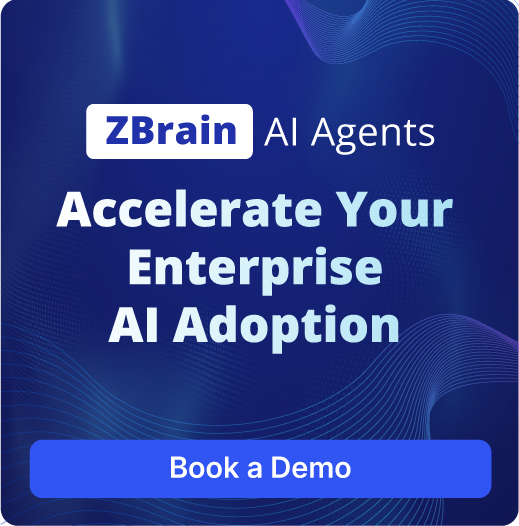Elevate Financial Reporting with ZBrain AI Agents for Finance
ZBrain AI Agents for Financial Reporting transform the way finance teams manage and automate core processes—including Data Consolidation, Compliance Monitoring, RFQ Analysis, Financial Analysis, Risk Assessment, and Report Generation. Purpose-built to enhance accuracy and efficiency, these AI agents streamline high-volume, repetitive tasks, enabling finance professionals to deliver timely, accurate insights and focus on strategic initiatives. By employing ZBrain’s advanced AI solutions, financial professionals can streamline financial planning and risk assessment while maintaining rigorous compliance monitoring and financial analysis—ultimately enabling a sharper focus on strategic insights and decision-making. The adaptability of ZBrain AI Agents for Finance ensures they can support a diverse range of financial tasks, from generating detailed financial reports to evaluating RFQ responses using sophisticated algorithms. These agents facilitate seamless compliance monitoring and risk assessments, allowing finance teams to maintain regulatory standards effortlessly. Additionally, their capability to automate report generation reduces manual errors, thereby enhancing overall productivity and freeing finance professionals to engage in higher-level strategic analysis. For organizations seeking to strengthen financial oversight and accelerate reporting cycles, ZBrain AI Agents represent a robust, business-aligned solution.


